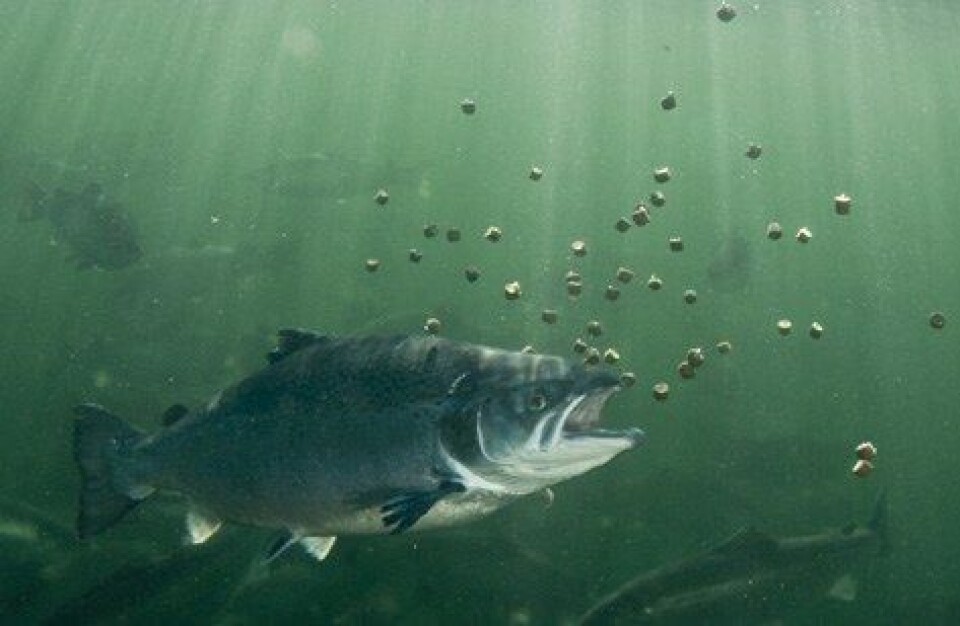
SLICE backed by BC producer
The latest data from Cermaq Canada reveals that treatment of fish with SLICE (emamectin benzoate) remains a highly effective control strategy for salmon lice.
As part of their commitment to transparency, Cermaq Canada publishes data required by the Aquaculture Stewardship Council (ASC) from all farm sites (irrespective of their certification status) on a monthly basis.
Data released this week includes lice counts from all farm sites up to November, 2015. The results show that the anti-parasiticide SLICE is extremely effective at reducing burdens of salmon lice.
Average lice counts for farms in the Broughton Archipelago were elevated in the early summer (4.56 motiles/fish) concordant with abnormally high water temperatures and high salinity. A treatment with SLICE in early spring resulted in reducing lice intensity to less than 1 motile/fish. This low abundance remained constant for the remainder of the summer with the most recent counts (November) at 0.73 motiles/fish.
For farms in the Campbell River area, average lice levels remained below the threshold to treat (3 motiles/fish) until September (3.37 motiles/fish). A SLICE treatment in September effectively reduced the burdens to 0.06 motiles/fish (November).
Similarly, average lice counts at farm sites in the Clayoquot Sound were well below the threshold until September, which was coincident with returning wild salmon migrating through the area. A SLICE treatment in September reduced lice to 0.85 motiles/fish.
Laurie Jensen, Communications and Corporate Sustainability Manager for Cermaq Canada, commented that SLICE remains effective “because of careful farm management and veterinary oversight.”























































